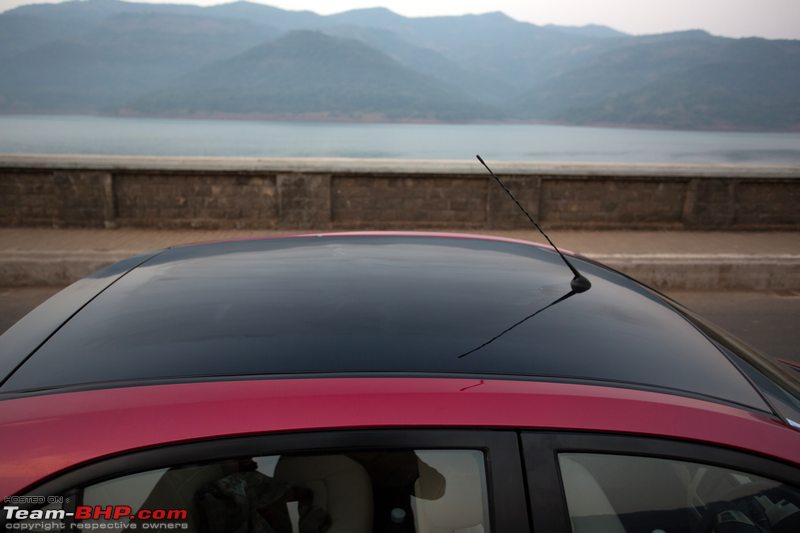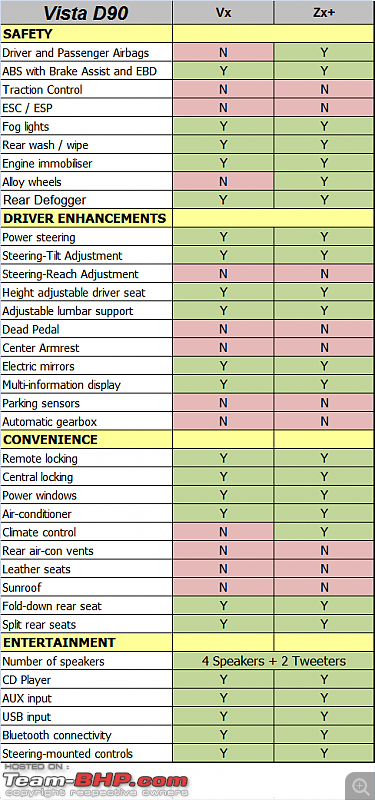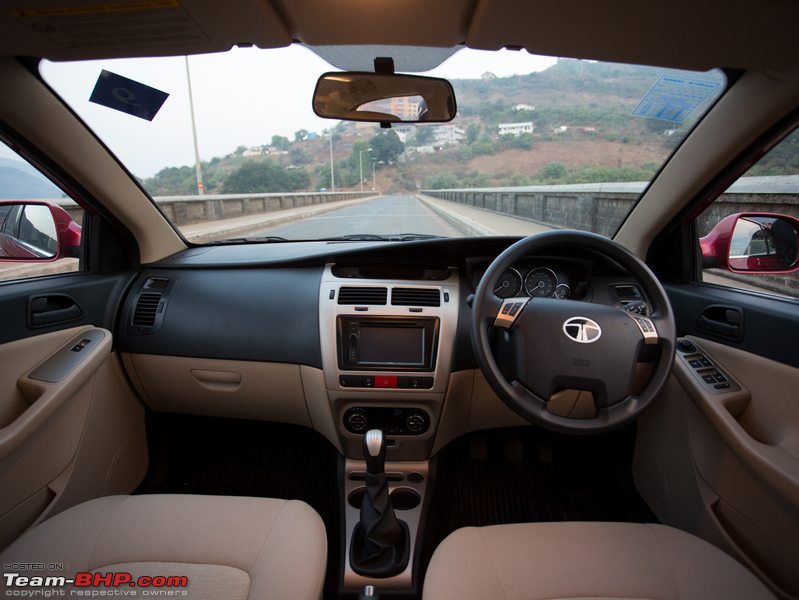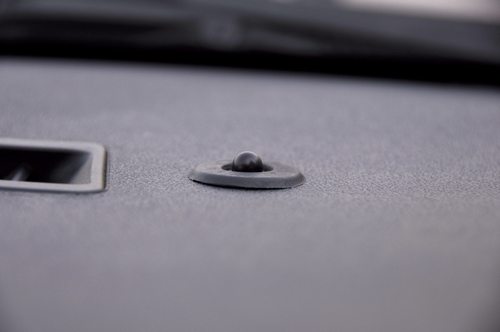| | #1 |
| Team-BHP Support  Join Date: Dec 2004 Location: MH-12
Posts: 8,560
Thanked: 14,436 Times
| |
| |  (26)
Thanks (26)
Thanks
|
| |
| | #2 |
| Team-BHP Support  Join Date: Dec 2004 Location: MH-12
Posts: 8,560
Thanked: 14,436 Times
| |
| |  (9)
Thanks (9)
Thanks
|
| | #3 |
| Team-BHP Support  Join Date: Dec 2004 Location: MH-12
Posts: 8,560
Thanked: 14,436 Times
| |
| |  (13)
Thanks (13)
Thanks
|
| | #4 |
| Team-BHP Support  Join Date: Dec 2004 Location: MH-12
Posts: 8,560
Thanked: 14,436 Times
| |
| |  (15)
Thanks (15)
Thanks
|
| | #5 |
| Team-BHP Support  Join Date: Dec 2004 Location: MH-12
Posts: 8,560
Thanked: 14,436 Times
| |
| |  (21)
Thanks (21)
Thanks
|
| | #6 |
| Team-BHP Support  Join Date: Dec 2004 Location: MH-12
Posts: 8,560
Thanked: 14,436 Times
| |
| |  (29)
Thanks (29)
Thanks
|
| | #7 |
| Team-BHP Support  | |
| |
| | #8 |
| Senior - BHPian Join Date: Dec 2008 Location: .
Posts: 1,997
Thanked: 685 Times
| |
| |  (3)
Thanks (3)
Thanks
|
| | #9 |
| BHPian | |
| |
| | #10 |
| Distinguished - BHPian  Join Date: Sep 2009 Location: Chennai
Posts: 7,253
Thanked: 9,790 Times
| |
| |
| | #11 |
| Senior - BHPian Join Date: Feb 2007 Location: Bengaluru / Bagdal
Posts: 1,155
Thanked: 785 Times
| |
| |
| |
| | #12 |
| BANNED Join Date: Feb 2005 Location: Melbourne
Posts: 4,462
Thanked: 5,534 Times
| |
| |  (2)
Thanks (2)
Thanks
|
| | #13 |
| Senior - BHPian Join Date: Feb 2004 Location: GTA
Posts: 14,770
Thanked: 2,705 Times
| |
| |  (2)
Thanks (2)
Thanks
|
| | #14 |
| BHPian Join Date: Jan 2011 Location: Bangalore
Posts: 59
Thanked: 35 Times
| |
| |  (1)
Thanks (1)
Thanks
|
| | #15 |
| Distinguished - BHPian  | |
| |
 |
































